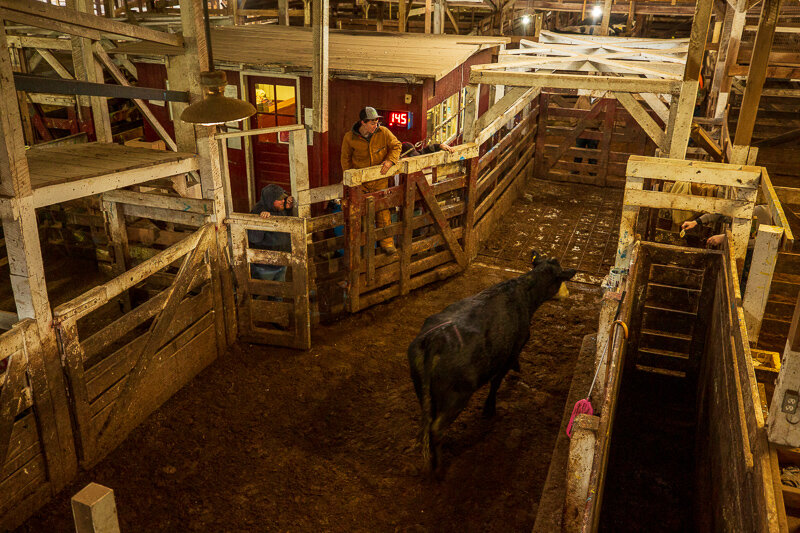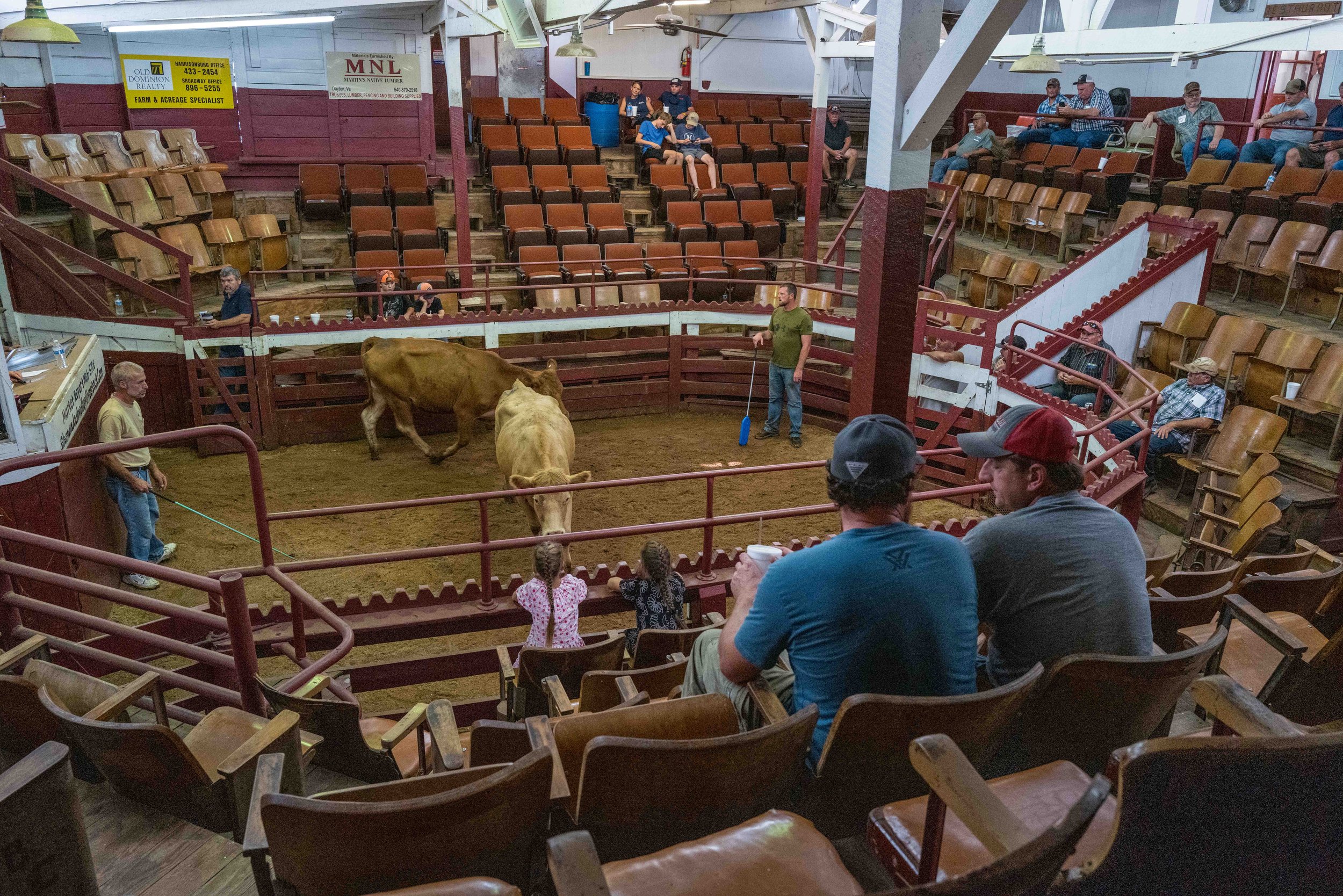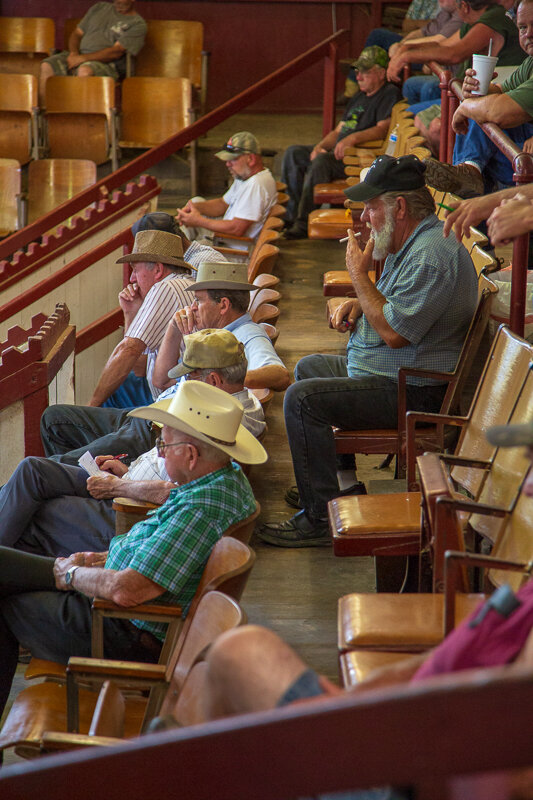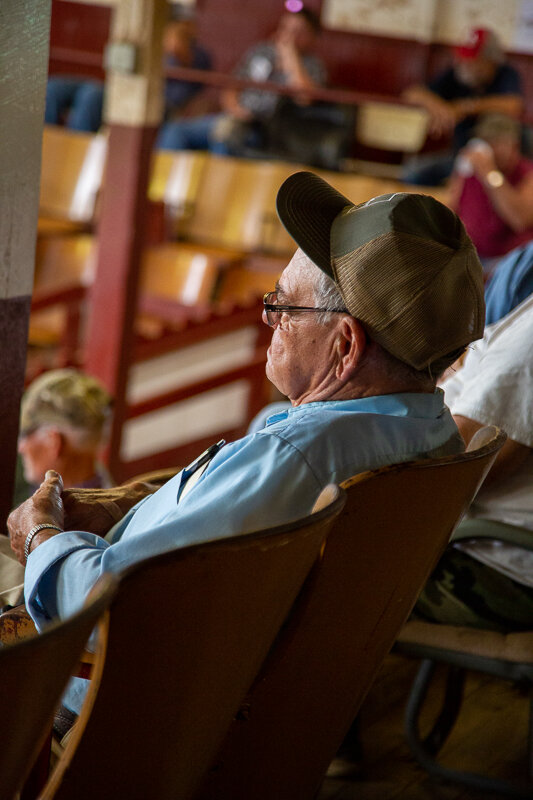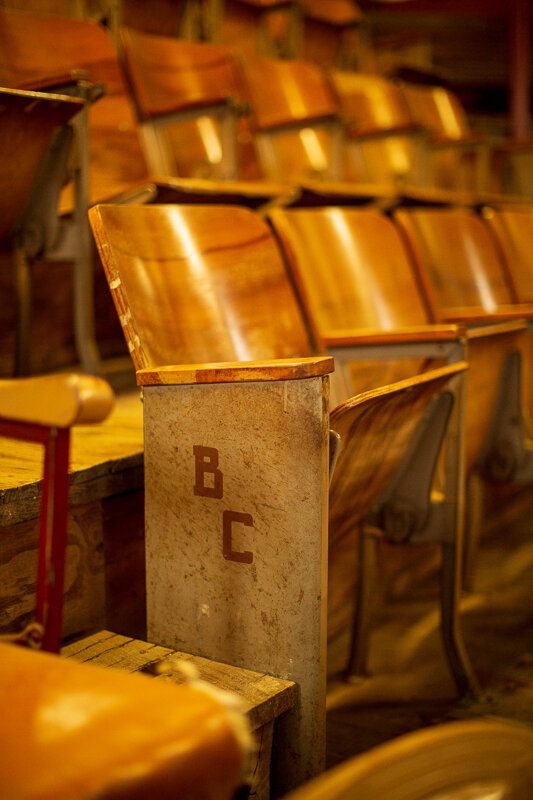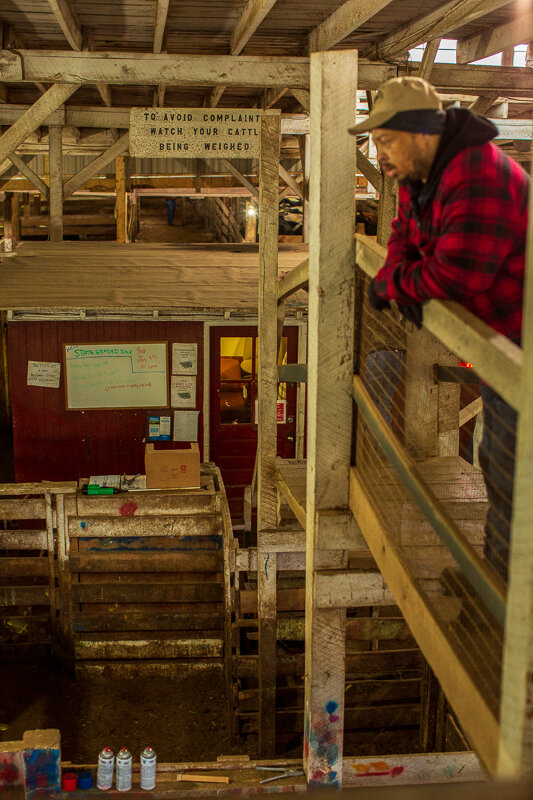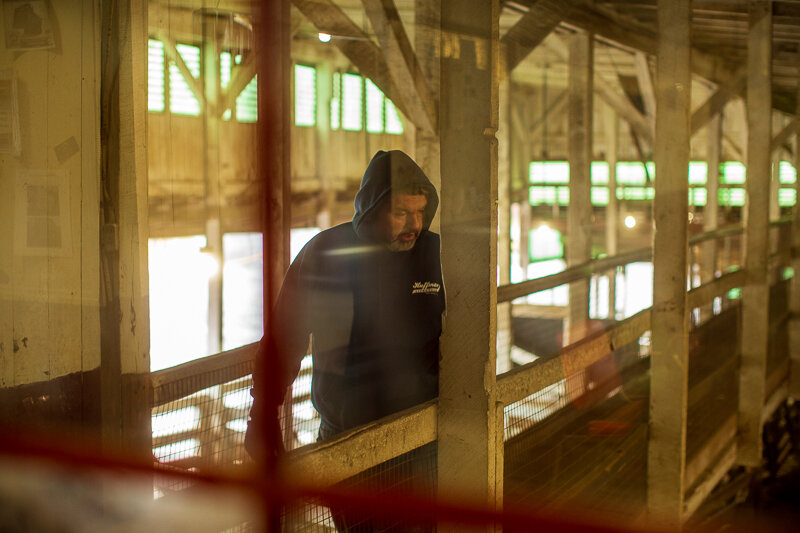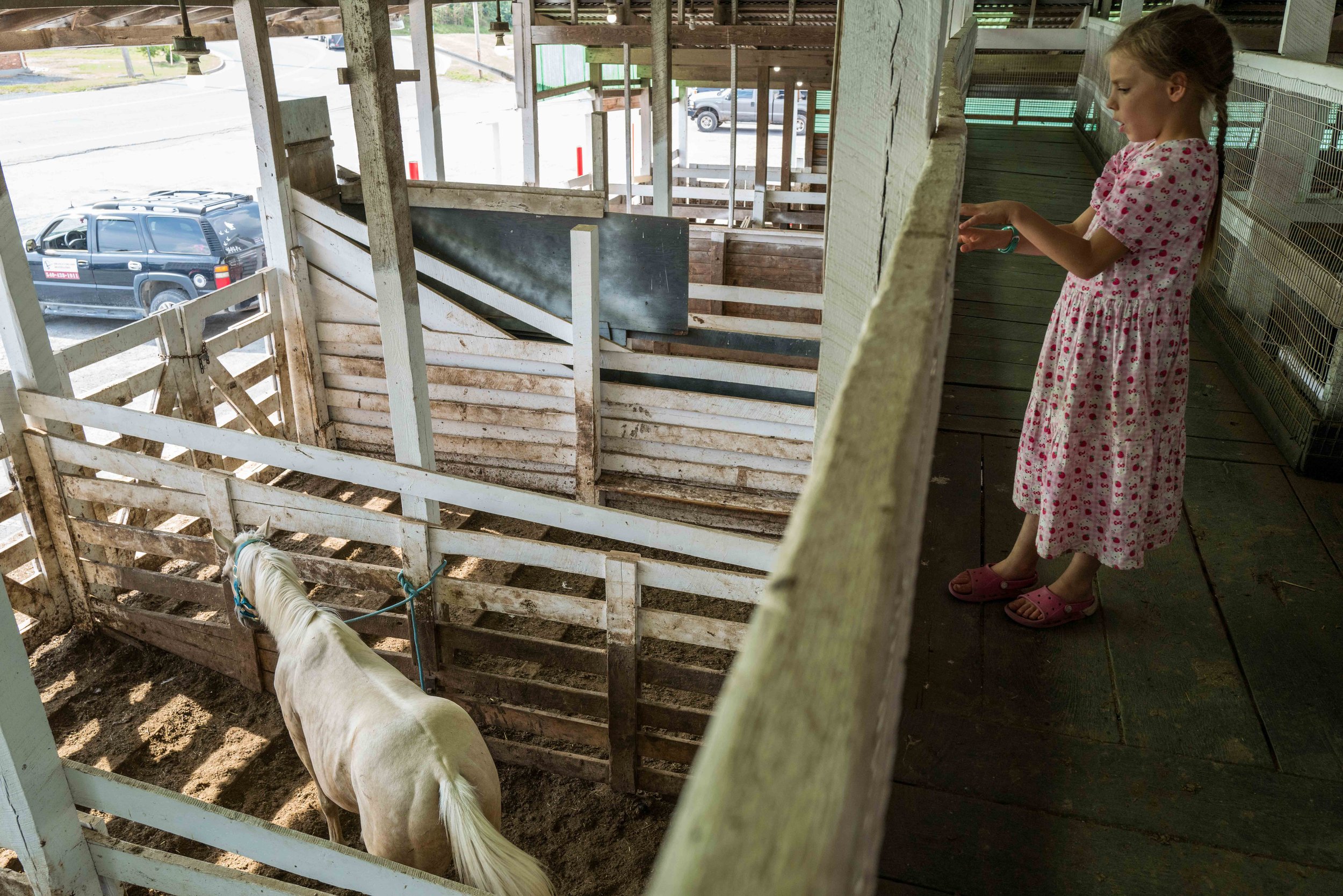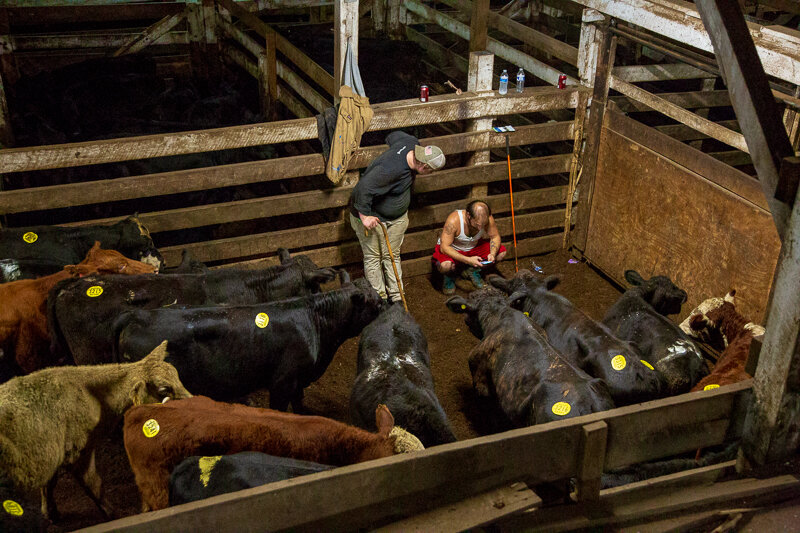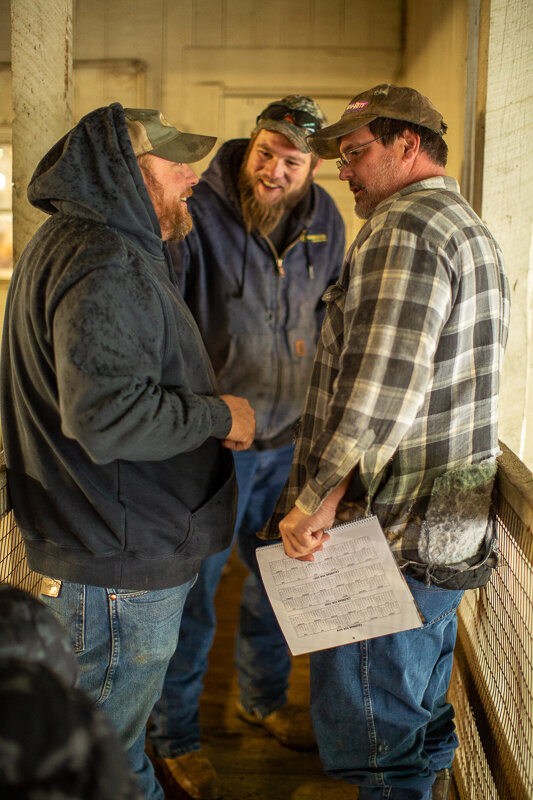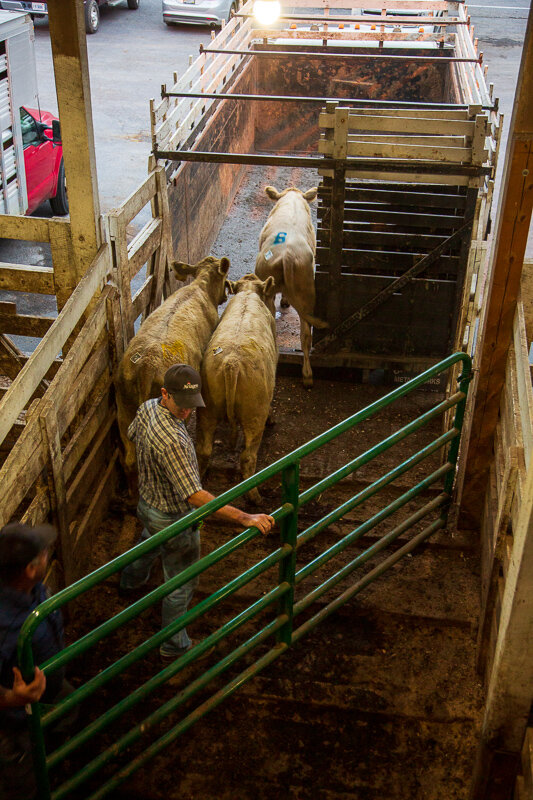Saturday Night Live(stock)
The Shenandoah Valley Livestock Auction
by Eric Chang as told to Jason Sethiadi
Secluded away in the small town of Harrisonburg, Virginia, The Shenandoah Valley Livestock Auction has been a vital part of our food chain for the past 85 years. Now, as COVID-19 dominates the news, we have all become aware of the important work so many people do. Perhaps, before COVID-19, we didn’t pay proper respect to some of these workers. We now see how important garbage collectors, delivery drivers and especially grocery store workers are in our communities. But as John Tyson, the chairman of Tyson Foods, recently warned us, the nation’s food supply chain is breaking. That’s scary and draws our attention to some of the hard working people in this food supply chain.
I grew up in New York City and never thought much about farming or livestock. I hunted once as a kid and not seeing any prey, didn’t fire the gun. I’ve only been on farms a couple of times but never did any of the hard work. So when I first visited The Shenandoah Valley Livestock Auction, I felt slightly intimidated by the group of men standing outside the entrance. I felt like I didn’t belong. As I “confidently” strode past them and entered the auction room, I traveled backwards in time. Surrounding the dirt ring were old wooden soft brown chairs with gently curved, comfortable backs that reminded me of my old elementary school auditorium. I was instantly hooked. I walked down the hall and opened a door to a maze of wooden alleys. As I looked down on the animals moving through the stalls one level below me, I was completely fascinated; this was a slice of America I had never seen before and it was well-preserved here.
When I returned to the auction room, I noticed that, although there were plenty of women and children in attendance, I only saw men placing bids for the livestock. Their motions were subtle, bordering on imperceptible. Some barely raised a finger. Others raised a small piece of newspaper. I wondered how the auctioneer even noticed them, but his comprehension of the room was supreme. I assumed everyone crowding the ring was a farmer. But, talking to one of the locals, I learned that many of the men worked for food corporations. I couldn’t help but wonder if one of the recent hamburgers I ate came from a steer that skittishly rushed through the side door into this ring.
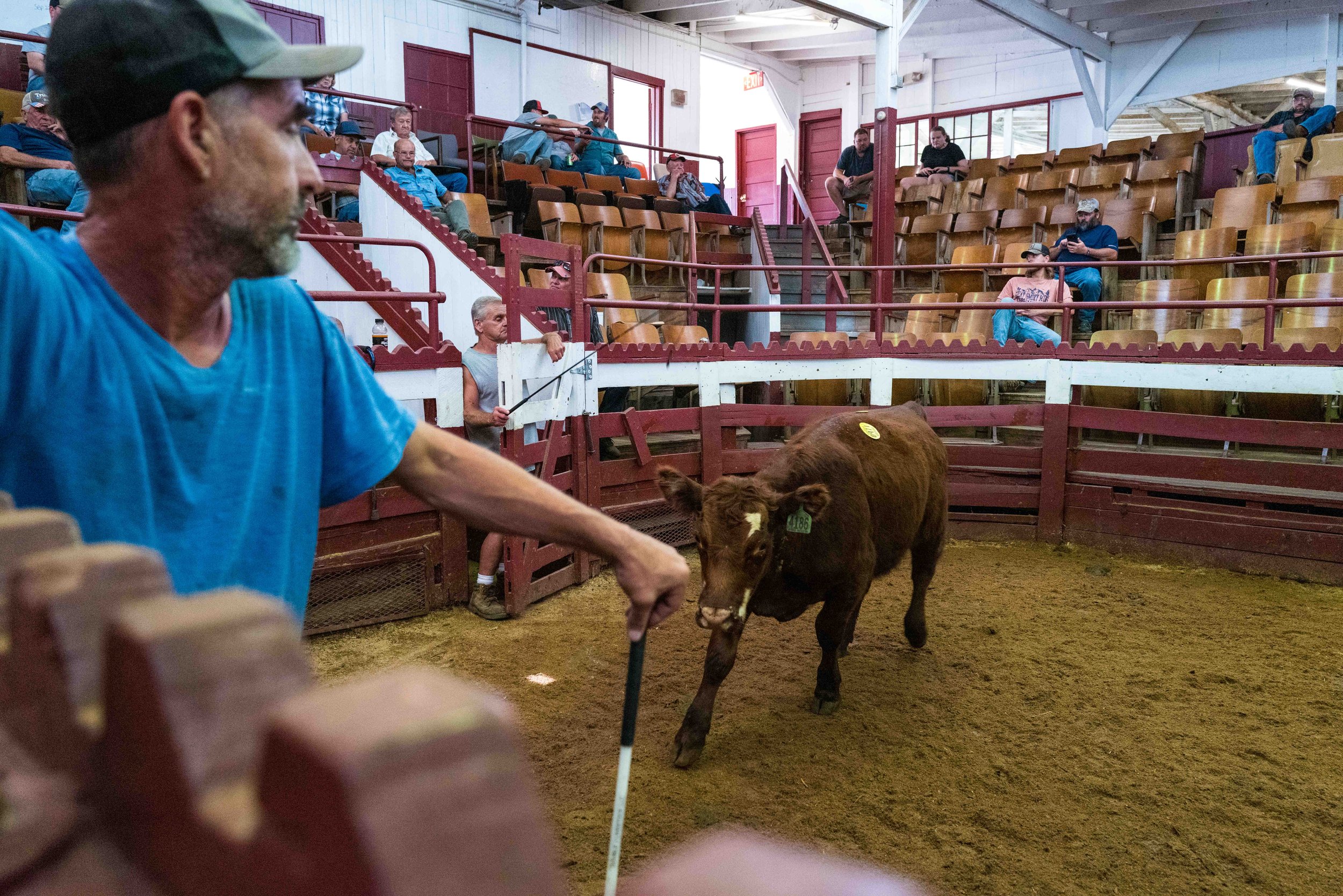
I returned a second time a few weeks later with my two sons, anxious to share my “discovery.” They were similarly amazed. I began to feel the magnetic attraction the auction held for others as well when a man we were talking to dreamily looked out to nowhere as he happily remembered the days his father brought him here. Another man, not participating in the auction told me he just liked being around the animals and watching the action. I noticed that, in fact, many men came to the auction and used it as their community meeting room to catch up with friends and the local gossip.
When I came back a third time, I brought my girlfriend and we arrived just as the auction was closing (I was told the auction ended early that day because farmers needed to get back to their fields to tend to the hay). Outside, in the parking lot, as the animals were being loaded, we met a truck driver. From what I could see, in the glow of the red brake lights, he looked like a modern day steel cowboy. I was amazed when he told me, "once these animals are loaded up, I’ll start heading towards St. Louis, but I’m expectin’ a call before mornin’ telling me to go to either Kansas, Nebraska or Colorado." I envied his open road freedom and carefree lifestyle.

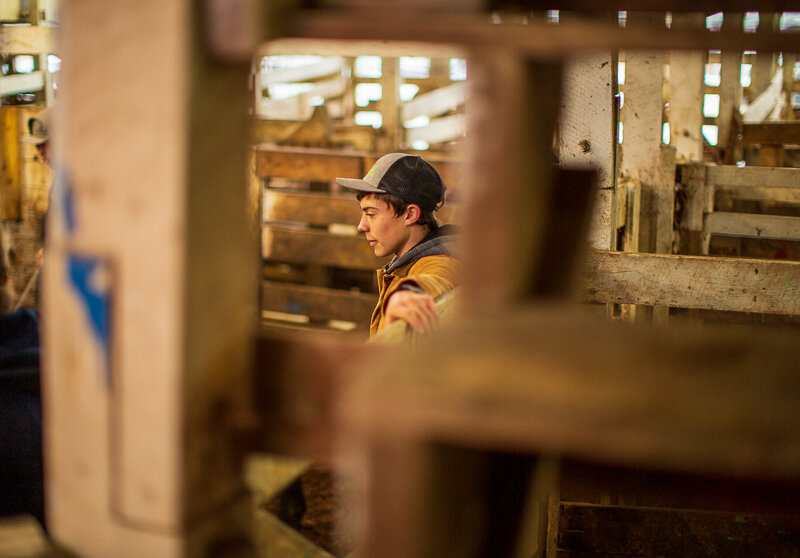
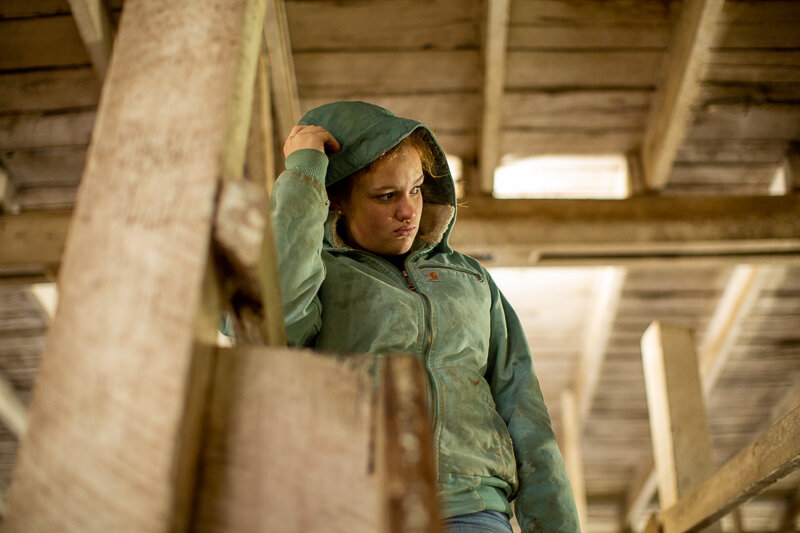
When I returned yet again, some people recognized me. I began to feel less like an outsider as we nodded to one another and in some instances, exchanged small talk. On this visit, Mike, the owner, allowed me greater access than ever before. I got closer to the workers and really saw their skill and dedication, especially in how they handled the animals. Sometimes they partially opened a gate to create a small triangle with the adjacent fence. They protected themselves from the big, moving animals by standing in this small area. I began to have a better understanding of the process of bringing animals into the building, getting them ready for the auction ring, sold to the highest bidder and ultimately, loaded on trucks bound for the next stop in the food chain.
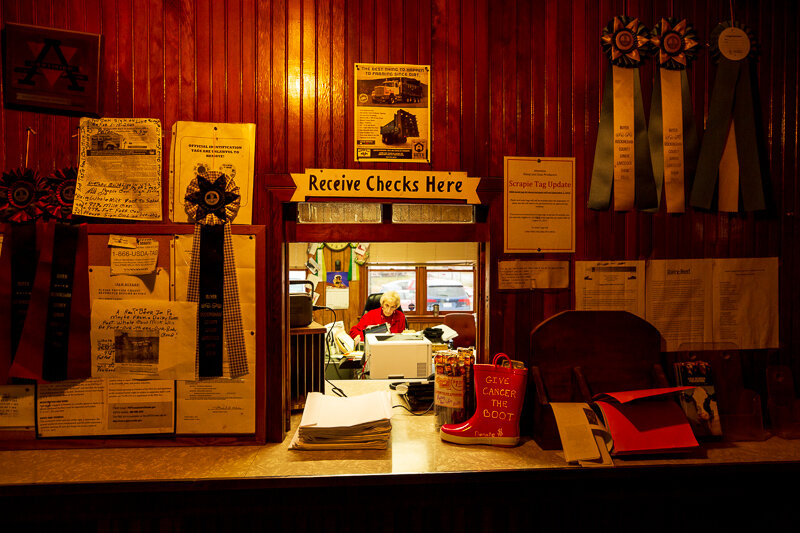
I never used to think much about the phrase, "farm to table.” But, from my visits to the Shenandoah Valley Livestock Auction, I learned it's much more complex than what that catchy phrase implies. People in the agriculture industry feed us. They literally keep us alive. Since self isolation began, millions of people in cities across the globe stand each evening and make noise to give thanks to our health care workers. When I stand, I also give thanks to all the workers in our nation’s food chain that feed us.
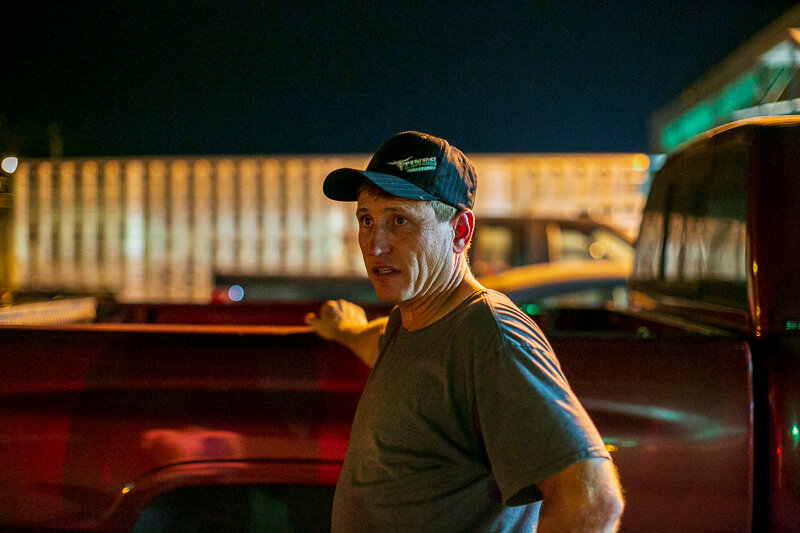
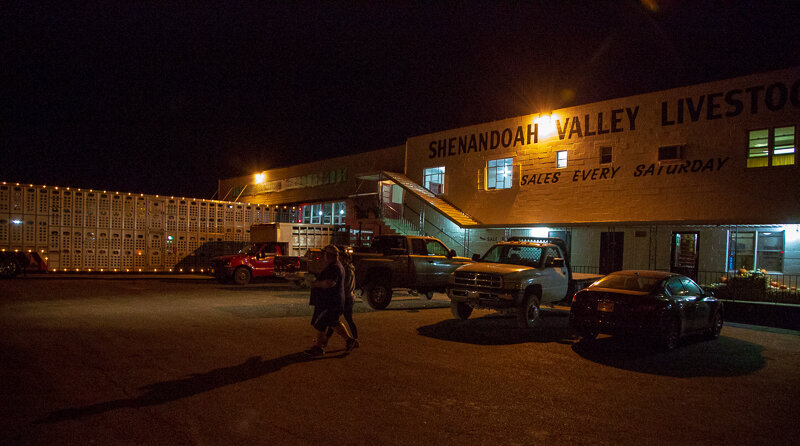
This is a personal photography project that I began a couple of years ago. It began the moment I stepped into the 85 year old livestock auction. It felt like I traveled backwards in time. I was mesmerized by the old wooden structure and the way the workers moved the animals through the maze of stalls on their way to the auction ring. I told my friend’s son, Jason, about it and asked him to help with the writing. Jason Sethiadi is an eleventh grade high school student in New York City, interested in studying journalism. I took more than 1500 photos during multiple visits and my friend, Sarah Leen, helped me choose which photos to display here.

